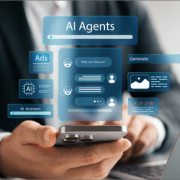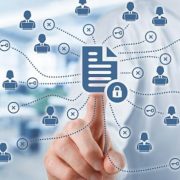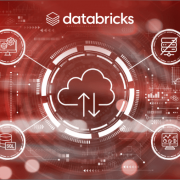We live in a growing digital economy and data fluency is a necessary digital skill that everyone needs to thrive in a modern data-driven workplace culture. Employees across all levels of the organization must cultivate this skill to contribute to business outcomes and promote data proficiency. Yet only 32% of C-Suite is considered data literate – a main precursor to data fluency.
However, building enterprise-wide data fluency and nurturing a data-driven culture is a complex process. Executives often encounter obstacles, such as lack of skilled personnel with the necessary technical and analytical skills. Demand for data talent is high, which can drive up costs, making this particularly difficult for smaller organizations without the resources to compete for top talent.
Limited availability of training and resources for employees to develop their data fluency skills is another challenge. Without comprehensive training programs, many employees are left to develop skills on their own, leading to inconsistencies in skill level.
Additionally, lack of clarity on roles and responsibilities can cause uncertainty among employees as to what is expected of them or how they can contribute to the organization’s data fluency goals.
Building data fluency requires a comprehensive, coordinated effort that involves leadership support, employee training and development, and a clear vision and strategy.
Define what data fluency means for your organization
Defining data fluency involves settling clear goals and expectations for what skills and knowledge employees need to develop to meet those objectives.
Assess current skills and identify gaps
After the unique data fluency goals have been established, your organization must evaluate the business-data-literacy of their employees who create and consume data, and identify the gaps that must be filled to align with those goals.
Provide training and resources
Organizations must provide their workforce with training and resources to develop their data analysis skills. This might include classroom training, online courses, webinars, workshops, and other educational assets that enable employees to learn how to work with data effectively.
Check out the full article for top business barriers to establishing data fluency, essential skills, and strategies to build a data fluent workforce.
Recent Blogs

What Retail Media Can Learn from Instacart’s AI Strategy
June 24, 2025

Beyond Chatbots: How Agentic AI Is Automating High-Stakes Business Decisions
June 11, 2025

From Batch to Real-Time: The Future of Data Distribution Using Databricks Delta Sharing
June 4, 2025

Accelerating Databricks Serverless Adoption with Agentic AI & Proven Practices
May 29, 2025


